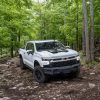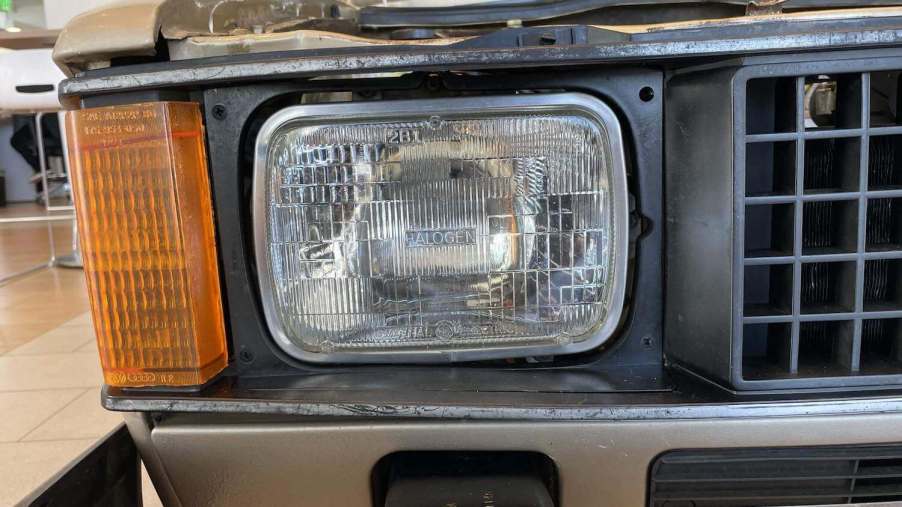
1 Pickup Truck Claimed 40+ MPG 40 Years Before the Ford Maverick
With an MSRP below $20k and an mpg above 40, the 2022 Ford Maverick was an impossible pickup truck to ignore. But as compelling as Ford’s FWD, unibody, compact truck is, it was far from the first. In fact, Volkswagen released a diesel pickup back in 1979, based on its compact Rabbit car, which earned an incredible 54 mpg rating on the highway.
The tale of the Volkswagen Rabbit pickup truck
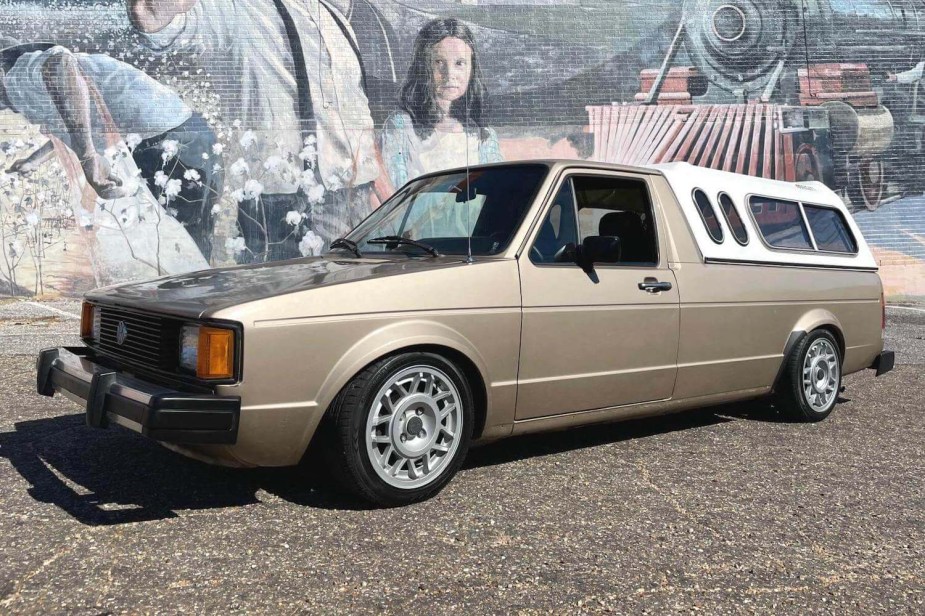
Back in 1974, Volkswagen knew it would need to hurry and offer a VW Beetle replacement if it wanted to hang on to its share of the compact market. It designed the Golf and released the little car in the United States badged as the “Rabbit.”
The VW Rabbit did so well that Volkswagen America began engineering variations. The result was a Rabbit pickup truck with two bucket seats and a six-foot bed. Like the Rabbit car, this little truck was a FWD compact.
The Volkswagen Rabbit pickup truck debuted in 1979, for the 1980 model year. Buyers could choose between a 1.7-liter gasoline I4 engine (23 city/32 highway mpg) or a 1.6-liter diesel version (41 city/54 highway mpg). Popular Science tested the Rabbit pickup’s EPA efficiency rating. It found that at 55 mph, the truck got 38.9 mpg, and at 35 mph, it only burned through 57.6 mpg.
Despite the Rabbit pickup truck’s lightweight construction, it had a payload capacity of 1,100 pounds. VW continued to offer the truck until 1984 in the U.S. It also sold the same vehicle in Europe as the Volkswagen Caddy. This pickup was popular worldwide, and the final VW Rabbit truck didn’t roll off the assembly line in South Africa until 2007.
The Volkswagen Rabbit pickup truck is near and dear to my heart. My dad actually had one, and it was the vehicle I learned to drive stick shift on. But it was a relatively rare sight, even when new. Most modern drivers have never seen a VW Rabbit pickup truck in person. But they do sometimes come up for sale, such as the 1981 model (pictured), which recently sold on Cars & Bids.
The Ford Maverick is a very efficient compact pickup truck
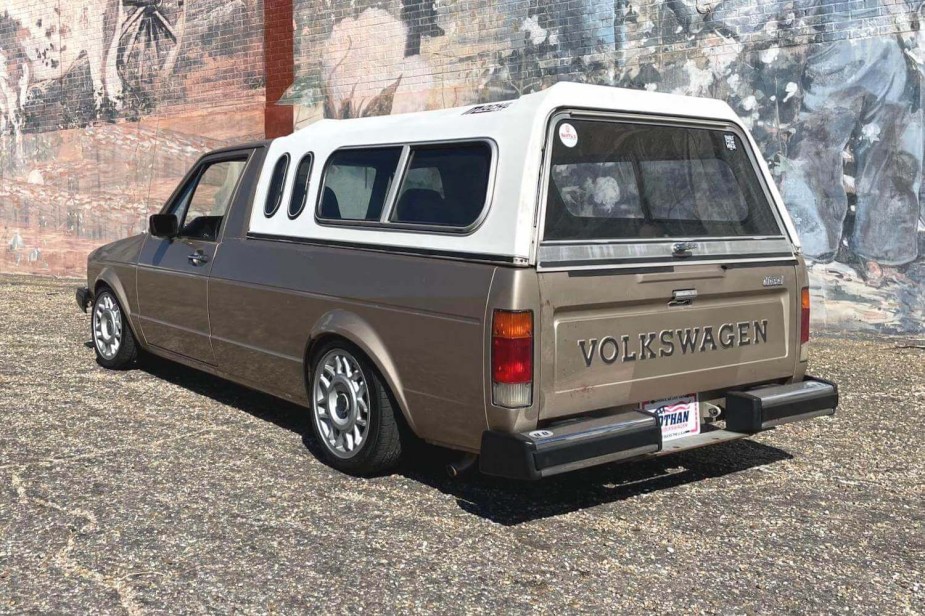
For the 2022 model year, Ford went after the most efficient compact pickup truck prize. It built its compact Ford Maverick based on the unibody Bronco’s chassis.
Like the Volkswagen Rabbit pickup truck before it, Ford offered the Maverick with two powertrains. But neither of these was a diesel. Instead, Maverick drivers can choose between a turbocharged I4 engine or a hybrid powertrain. The Hybrid Maverick is actually the entry-level model.
The hybrid Maverick has a 2.5-liter naturally aspirated I4 and an electric motor/generator. Like most hybrids, it gets better mpg during stop/go driving. The result is 40 city/33 highway mpg (37 combined), according to the EPA’s FuelEconomy.gov.
So how, after 40 years of technological improvements, could Ford’s most efficient pickup truck fall short of VW’s 1979 benchmark?
The Ford Maverick Vs. the Volkswagen Rabbit pickup truck
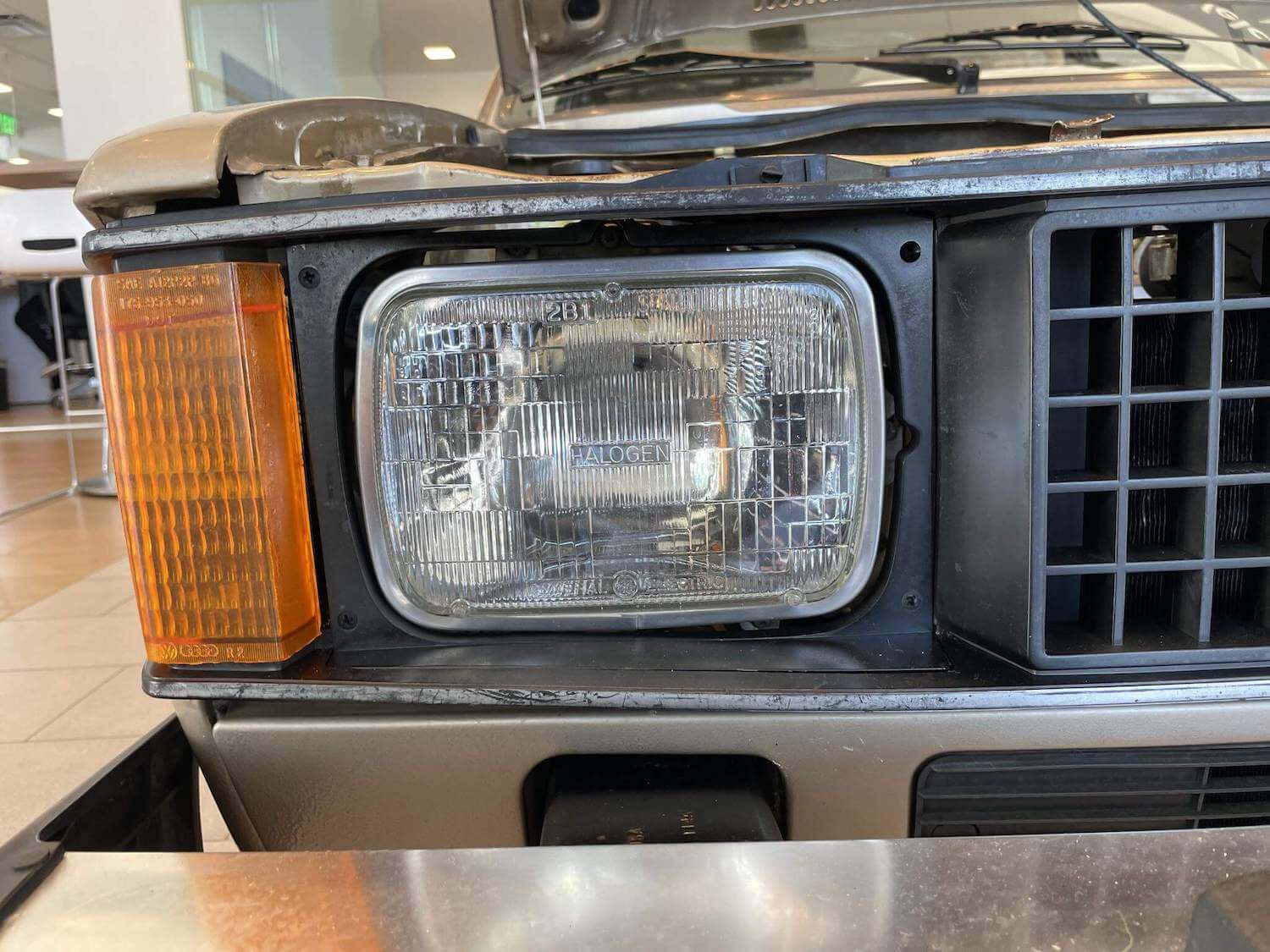
One major difference between the Ford Maverick and VW Rabbit pickup is that the Ford is a four-door. That’s right, every compact Maverick will have a full crew cab. This makes sense considering 85% of the half-ton trucks sold in 2020 were crew cabs. There is a tiny market for two-door “regular” cabs outside of fleet sales.
In addition, there is no diesel Maverick. Diesel engines are unpopular for today’s most efficient vehicles because strict modern NOx emissions regulations mean automakers must choose between power and efficiency when engineering a diesel.
Finally, even if Ford did build a 50 mpg modern version of the Rabbit pickup truck, few would drive it. The Rabbit pickup truck not only ran diesel and had a regular cab, but it only came with a manual transmission. Sure, the diesel Rabbit had a five-speed with a 0.76:1 overdrive that helped mpg considerably, but so few modern drivers will even consider a manual that a manual-only truck is not a viable choice for any automaker.
Next, find out how the Maverick signals Ford still refuses to build a faster horse, or see the VW Rabbit truck for yourself in the video below:


